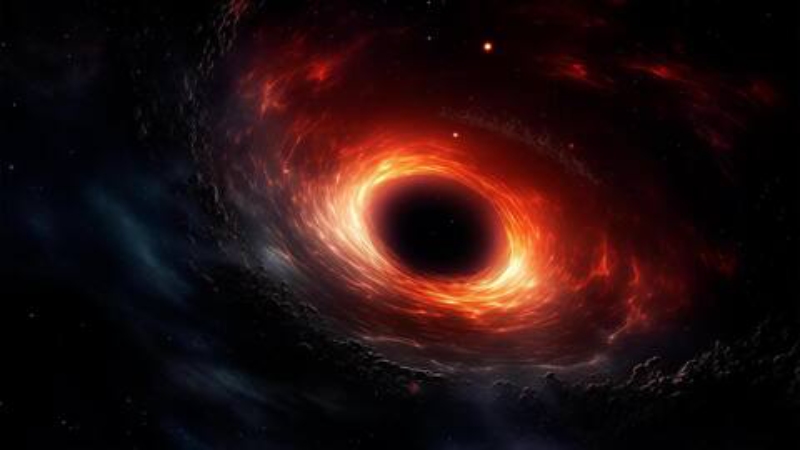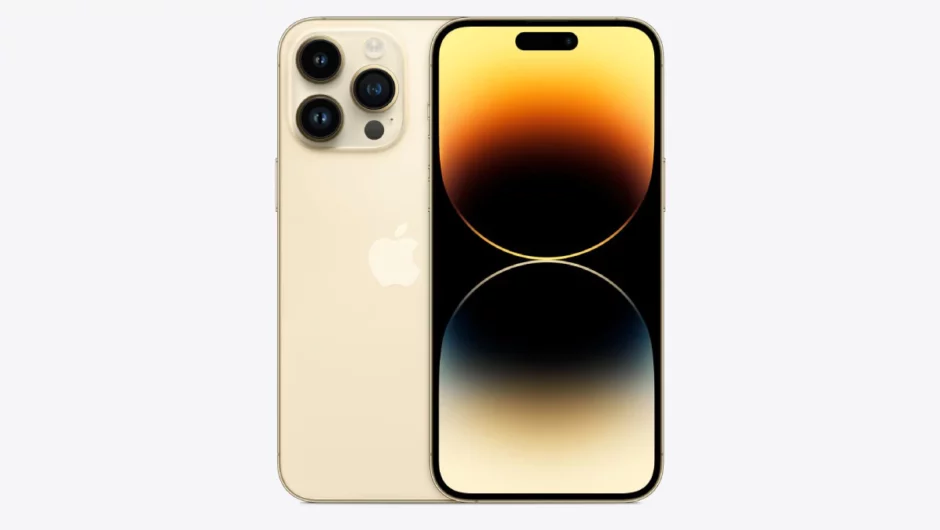The oldest black hole ever detected has been found to be ‘eating’ its host galaxy to extinction, according to research, and it dates back to the beginning of the universe.
The black hole was discovered using the James Webb Space Telescope (JWST) and dates from more than 13 billion years ago, 400 million years after the Big Bang. The findings of the research were published in the journal Nature.
The fact that this unexpectedly huge black hole-a few million times the mass of the sun-exists at such an early stage in the cosmos calls into question long-held beliefs about the formation and evolution of black holes, according to the researchers.
The supermassive black holes at the center of galaxies like the Milky Way are thought to have grown to their present size over billions of years, according to astronomers.
The size of this recently found black hole, however, raises the possibility that they could form in other ways.
Standard models state that supermassive black holes are created when dead stars collapse and leave behind remnants that can eventually grow into a black hole with a mass of up to 100 times that of the Sun.
This newly discovered black hole would take approximately a billion years to reach its observed magnitude if it expanded in the predicted manner. But when this black hole was discovered, the cosmos had not yet reached a billion years old.
Lead author Roberto Maiolino, a professor at Cambridge University in the United Kingdom, stated, “We’ve got to consider other ways they might form because it’s very early in the universe to see a black hole this massive.”
“Very early galaxies were extremely gas-rich, so they would have been like a buffet for black holes,” Maiolino stated.
This juvenile black hole, like all others, is growing by consuming matter from its host galaxy. However, the researchers discovered that this old black hole consumes matter far more quickly than its siblings do at later epochs.
The largest black hole of the young host galaxy, known as GN-z11, emits light. They added that although black holes cannot be directly spotted, they can be identified by the distinctive glow of a spinning accretion disk that forms close to their borders.
As the gas in the accretion disk gets very hot, it begins to glow and emit ultraviolet light. Astronomers can identify black holes by their intense light.
The researchers believe that although if GN-z11 is a compact galaxy that is roughly 100 times smaller than the Milky Way, the black hole is probably limiting its growth.
Gas is pushed away by black holes like a very quick wind when they take in too much of it. They claimed that this “wind” would cut off the black hole’s supply of “food,” which would destroy it along with the galaxy by slowing down the star creation process.
“It’s a new era: the giant leap in sensitivity, especially in the infrared, is like upgrading from Galileo’s telescope to a modern telescope overnight,” Maiolino stated.
He went on to say that because of JWST’s sensitivity, even older black holes might be discovered in the upcoming months and years.
Topics #Blackhole #galaxy #James Webb #James Webb Space Telescope #news #solar system #telescope #universe











